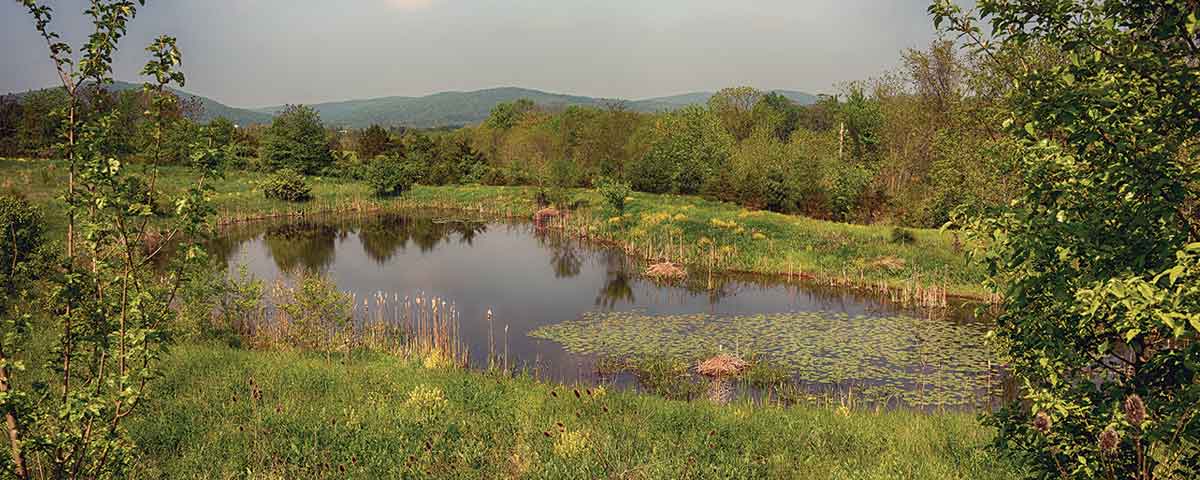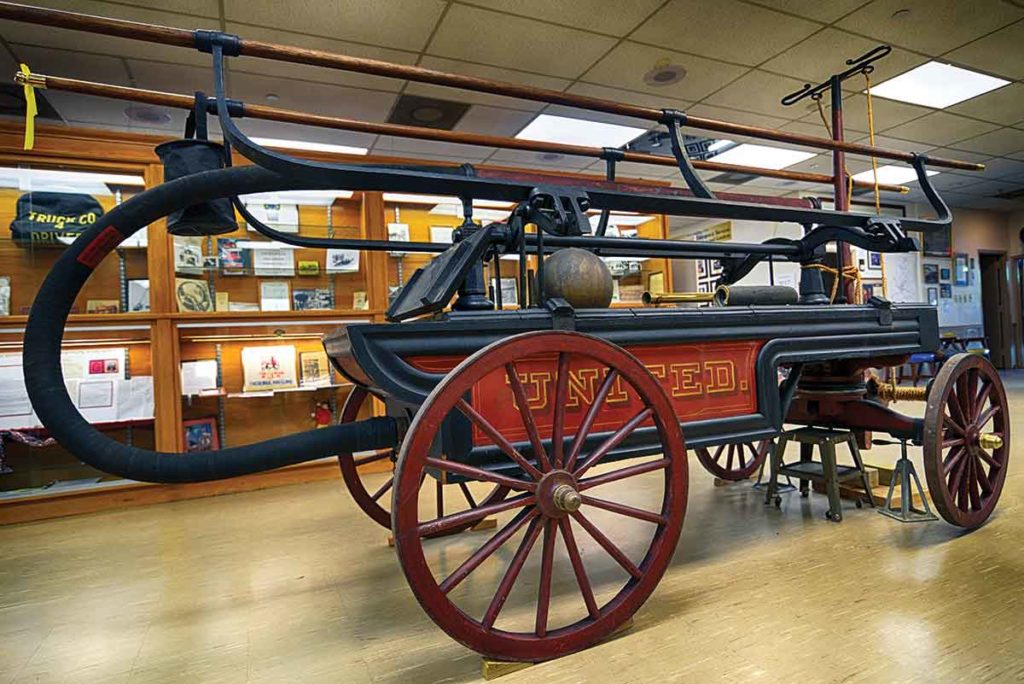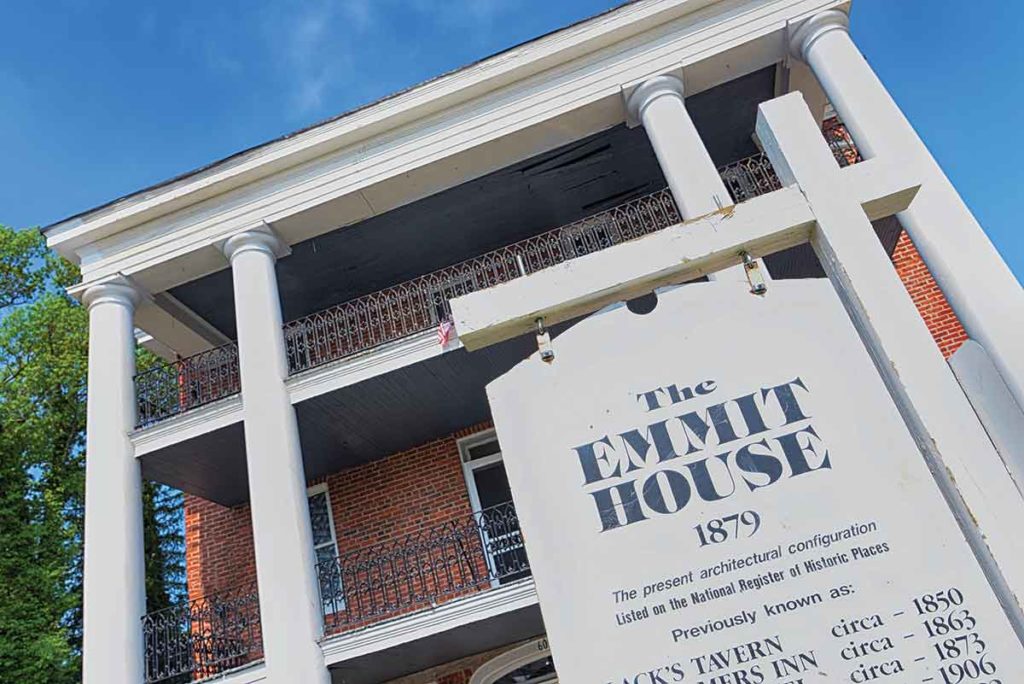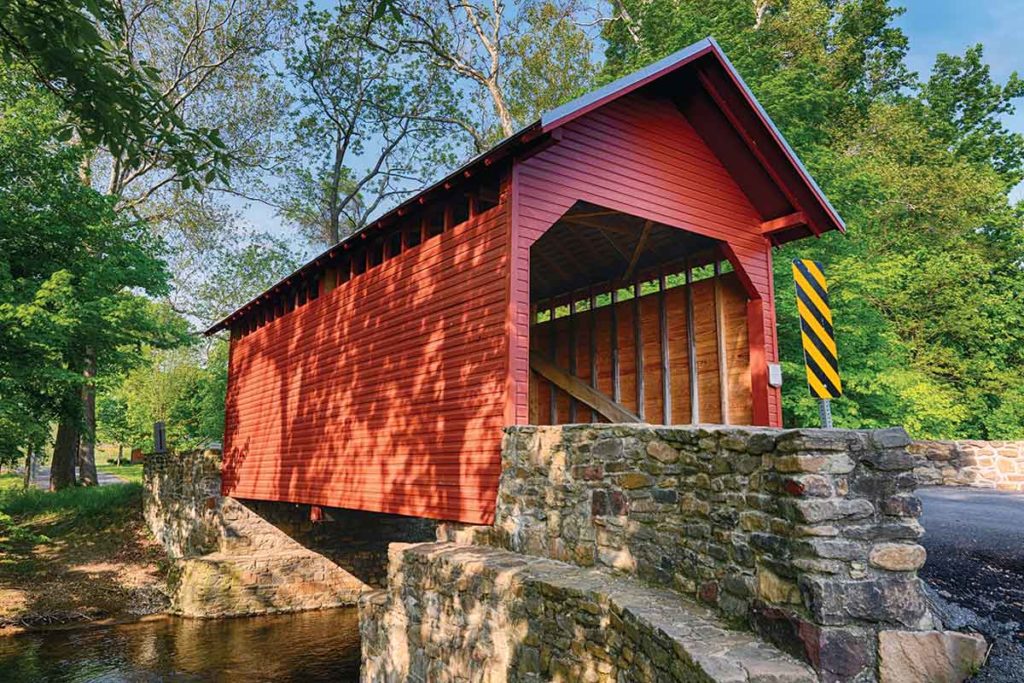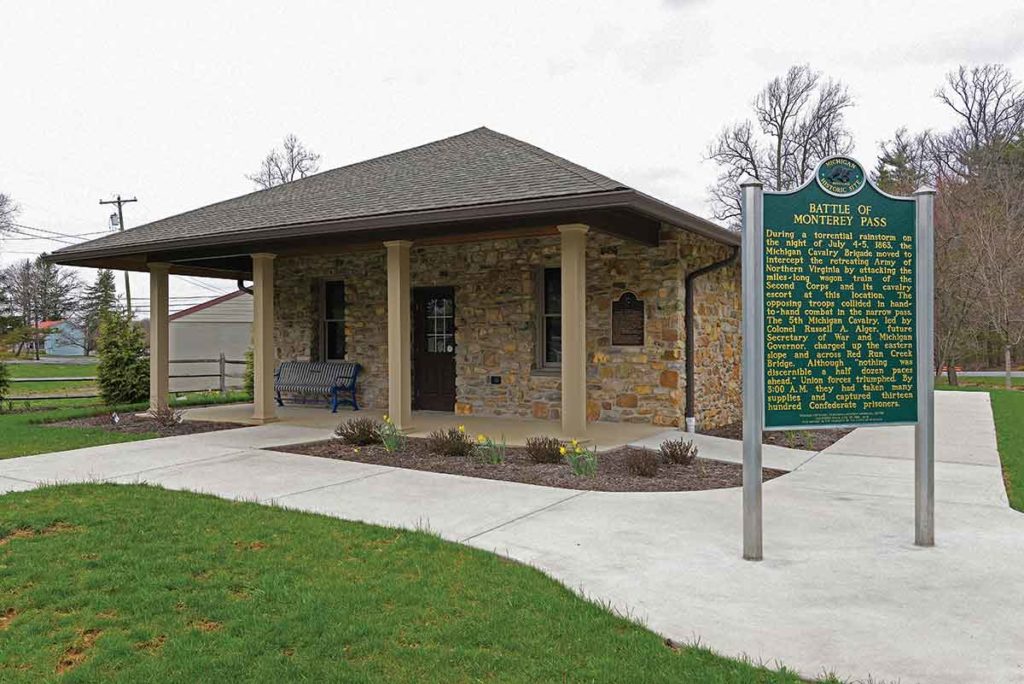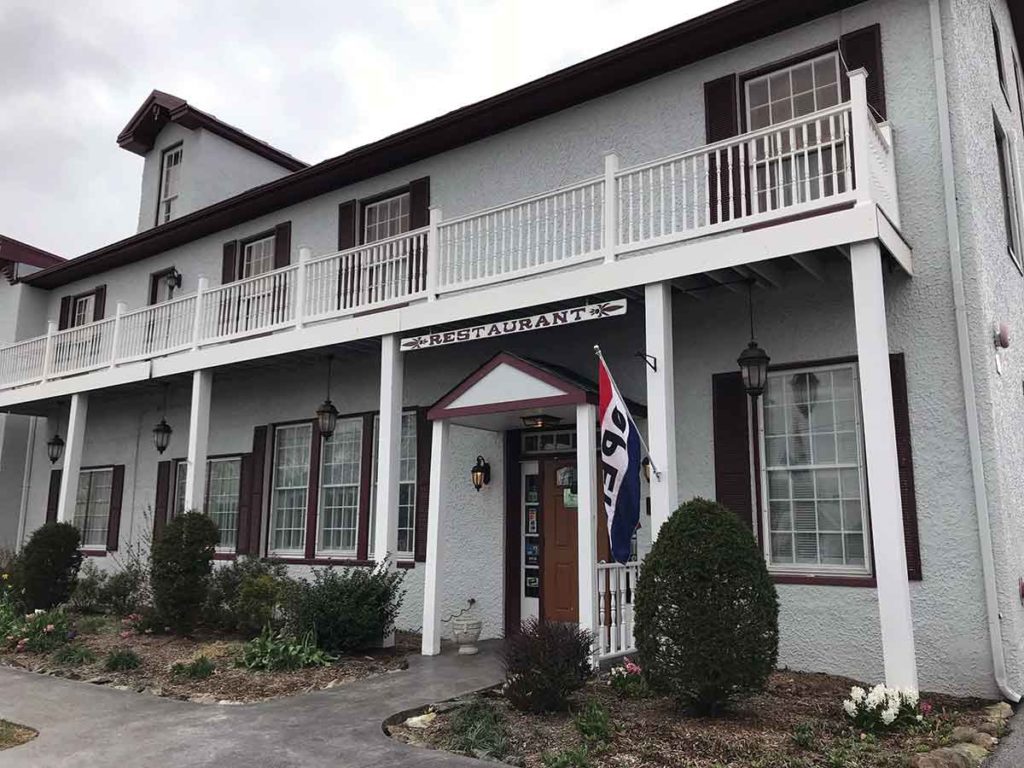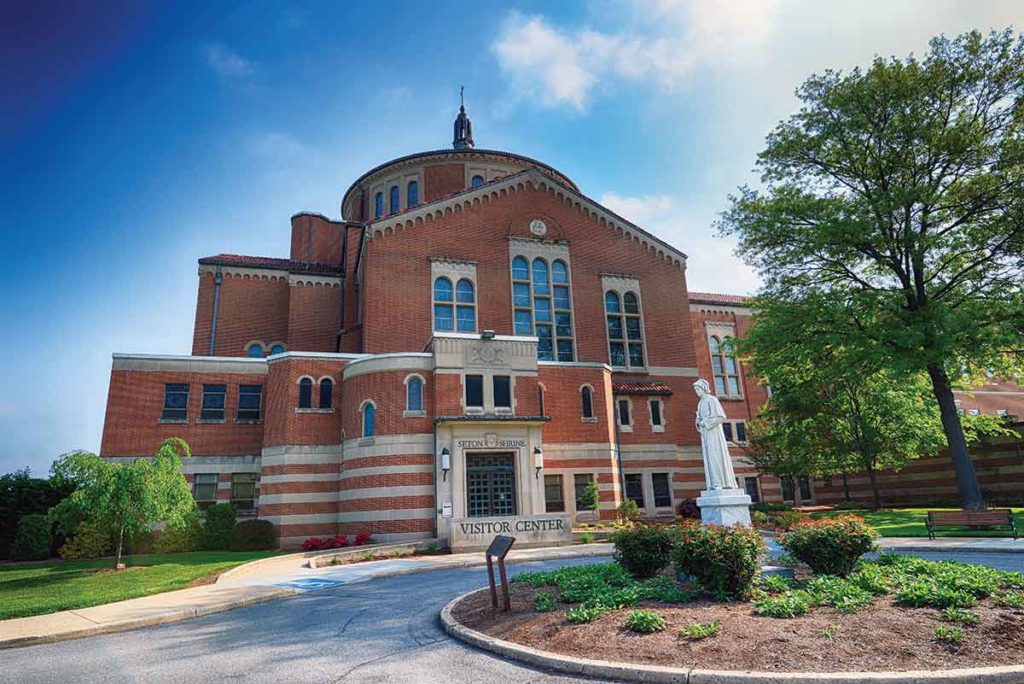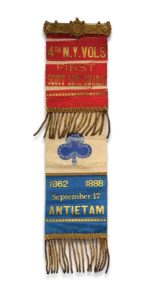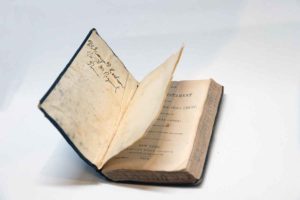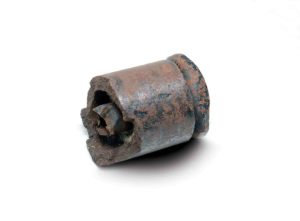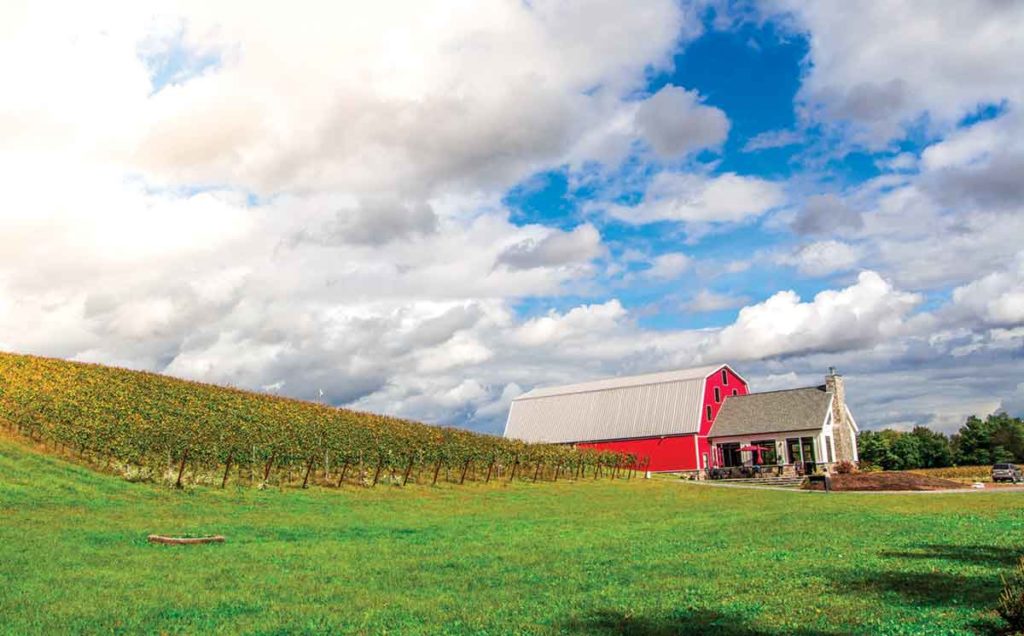Catholic sanctuary town provided needed care and comfort during the summer of 1863
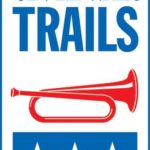 Trailside is produced in partnership with Civil War Trails Inc., which connects visitors to lesser-known sites and allows them to follow in the footsteps of the great campaigns. Civil War Trails has to date 1,552 sites across five states and produces more than a dozen maps. Visit civilwartrails.org and check in at your favorite sign #civilwartrails.
Trailside is produced in partnership with Civil War Trails Inc., which connects visitors to lesser-known sites and allows them to follow in the footsteps of the great campaigns. Civil War Trails has to date 1,552 sites across five states and produces more than a dozen maps. Visit civilwartrails.org and check in at your favorite sign #civilwartrails.
The important role Emmitsburg, Md., played during the Gettysburg Campaign tends to get overlooked by visitors to Gettysburg National Military Park—understandable perhaps, considering how much the battlefield has to offer. An excursion to Emmitsburg and other sites near the town, just south of the Mason-Dixon Line, is well worth your time, however, and will enrich your appreciation not only of the Battle of Gettysburg but also the Civil War in general.
Bisected by modern U.S. Route 15, Emmitsburg lies east of Catoctin Mountain, 20 or so miles north of Frederick. It has been the home of Mount St. Mary’s University since the 19th century and features two of the nation’s most revered Catholic pilgrimage sites. The close proximity of such a sacred community to the war’s bloodiest battle might seem ironic, but in July 1863 it proved serendipitous. Countless wounded soldiers on both sides received medical care and were nursed back to health by nuns from the Daughters of Charity Motherhouse.
The town, which still retains much of its beauty and pastoral charm, also saw action at other points of the war. For instance, enemy cavalry under J.E.B. Stuart and Alfred Pleasonton nearly clashed repeatedly as they roamed about the region during the Chambersburg Raid of October 1862. One Federal unit in that action was the local Cole’s Cavalry, Company C, with several troopers in the ranks who claimed Emmitsburg and Gettysburg as their home towns.
On June 30, 1863, Maj. Gen. John Reynolds’ forces encamped on the convent grounds, putting them in prime position to rush to Gettysburg when the battle opened on July 1. Reynolds was killed early in the fighting as he urged his 1st Corps forward, and his fiancée, Catherine Hewitt, later joined the Daughters of Charity in Emmitsburg—fulfilling a promise she made to commit to a religious order if he was killed.
During the battle, a Union Signal Corps unit atop Indian Lookout, a promontory south of town, sent messages by flag to commanders below. During the Confederate retreat after the battle, Rebel cavalry thundered through Emmitsburg, pursued by Union troopers, and then moved west to block mountain passes to protect the wagon train carrying wounded and supplies. The night of July 4-5, during a raging thunderstorm, the two sides clashed at Monterey Pass—10 miles west of Emmitsburg.
Frederick County
Fire & Rescue Museum
300B S. Seton Ave.
The Frederick County Fire & Rescue Museum and Preservation Society Inc. are on the grounds of a pre-Gettysburg Union campsite. The museum has exhibits on local firefighters who served during the war; information on the June 1863 fire that ravaged the town just weeks before it would be forever changed by Gettysburg; and historic documents and artifacts such as the Civil War–era fire engine shown here. It is open to the public between noon and 4 p.m. on weekends from April 14 to October 14.
Emmit House
601 W. Main St.
Photographer Alexander Gardner, en route to Gettysburg to take images of the battlefield, stopped in Emmitsburg on July 4 to check on the welfare of his son, who attended boarding school just outside of town. He spent the night at the Old Farmer’s Inn, which has changed hands numerous times during the postwar years. Today the historic structure is an apartment building known as the Emmit House. A World War I memorial was erected in front of the building in 1927. On July 7, 1863, Gardner traveled back through Emmitsburg on his way to Washington, D.C. While in town, he produced several glass-plate negatives of different scenes in Emmitsburg, including one of the Old Farmer’s Inn.
Roddy Road Covered Bridge
14760 Roddy Rd., Thurmont, Md.
Frederick County, Md., was home to several covered bridges in the 19th century. Troops from both sides tromped across this span, a half-mile from the Catoctin Breeze Vineyard (see P. 52), but fortunately the bridge was not destroyed by either army. (Ironically, it was damaged in 2016 and had to be rebuilt.) Forty feet long, it is the smallest covered bridge in Maryland and is particularly photogenic, especially in the fall and summer. Nearby amenities include a pleasant park. mdcoveredbridges.com
Monterey Pass Battlefield
Park & Museum
14325 Buchanan Trail East, Waynesboro, Pa.
The Battle of Monterey Pass, fought during Robert E. Lee’s Retreat from Gettysburg, was a desperate cavalry struggle on some of the war’s most rugged terrain. The battlefield’s museum and visitors center is open 10 a.m.–4 p.m. weekends, from April to November. A two-hour driving tour of the battlefield is available. Visit montereypassbattlefield.org for more information as well as a park brochure and trail map.
Carriage House Inn
200 S. Seton Ave.
The inn, today a quaint restaurant, was one of only a few buildings to escape the devastating Emmitsburg fire on June 15, 1863. Situated near the town square and across from the famous Emmitsburg Antique Mall, its location, food, and atmosphere are worth the stop. carriagehouseinn.info
Sacred Shrine
The Seton Shrine, only three miles from the Mount St. Mary’s campus, honors Elizabeth Ann Seton, the first American-born saint. In the shrine’s museum is a Civil War room with dioramas and displays of Gettysburg artifacts, such as this shell fragment from Pickett’s Charge and the testament book of a 46th Pennsylvania soldier. Also displayed is the Antietam reunion ribbon of Seton’s grandson, William, a captain of the 4th New York (another grandson, Henry, also served in the war). Nuns served as nurses and caregivers in all three theaters—often at great personal risk. A large-scale map shows where. 339 S. Seton Ave. setonshrine.org
Catoctin Breeze Vineyard
Men from both armies camped on the fields here—now dotted with grapevines—about 10 minutes south of Emmitsburg. The vineyard offers an unobstructed view of Catoctin Mountain, highlighting just how much of an obstacle it was during the Gettysburg Campaign. 15010 Roddy Rd., Thurmont, Md. For information on private tours and tastings, visit catoctinbreeze.com

